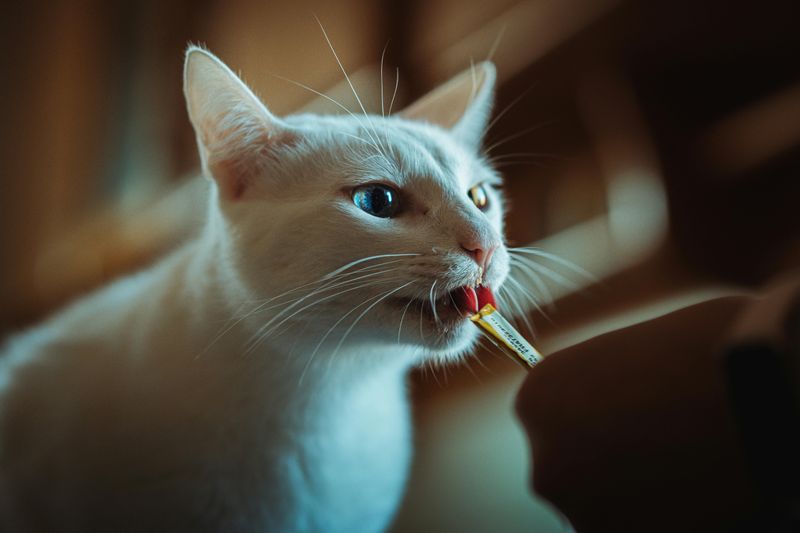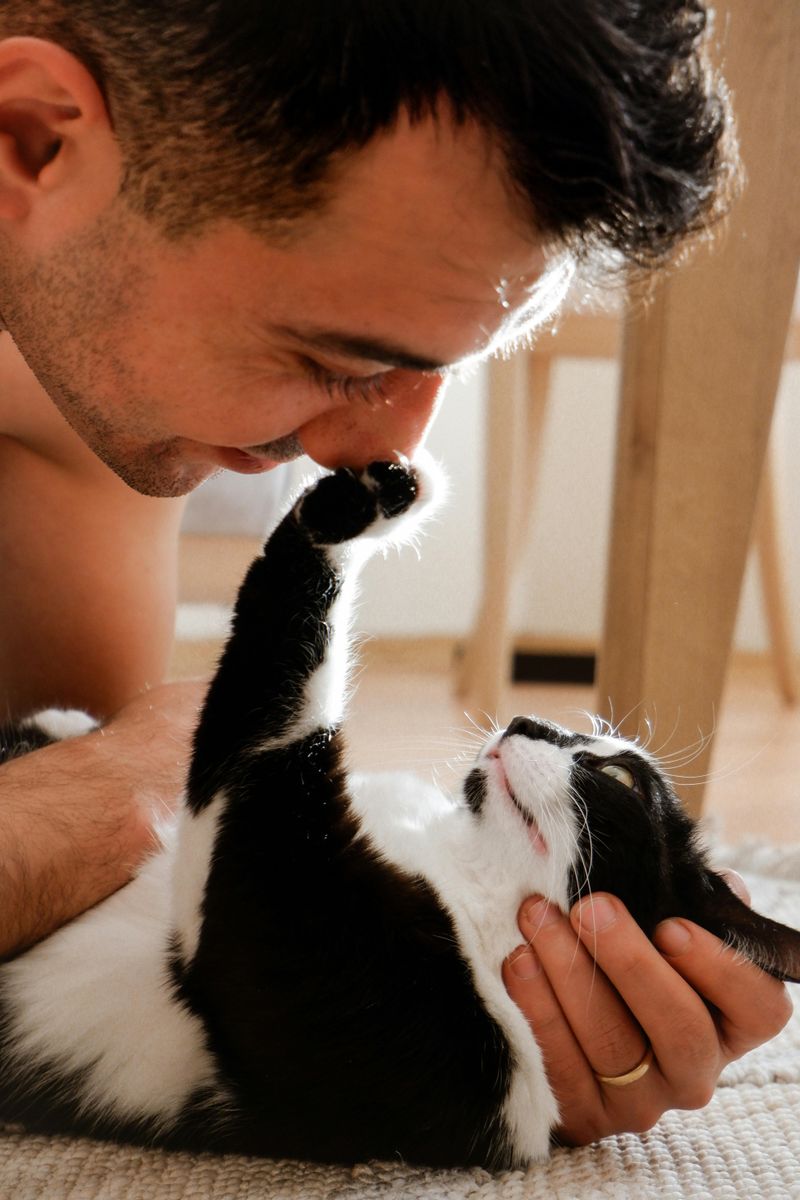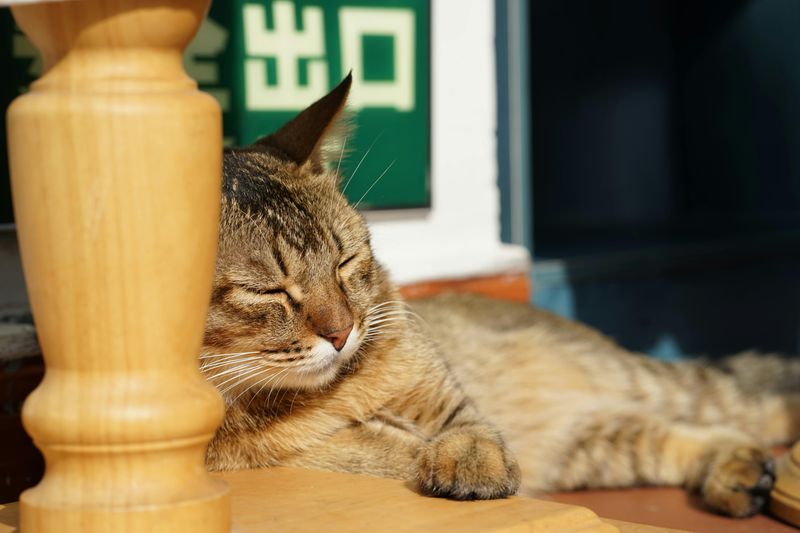📖 Table of Content:
Major life changes such as moving homes, introducing new family members, or dealing with loss can be deeply unsettling for cats. Creatures of habit, cats rely on routine and familiarity to feel safe. When their environment is upended, even the most confident feline may become withdrawn, anxious, or prone to stress-related behaviors.
For cat guardians, witnessing this shift can be equally heartbreaking. You want to reassure your furry companion, to offer comfort and stability—but unlike people, cats won’t always respond to words or cuddles. Instead, regaining their trust takes subtle, consistent actions that speak in the quiet language they understand best: safety, patience, and predictability.
With time and thoughtful support, you can help your cat adjust to their new world. From creating safe spaces to respecting their autonomy, every small act contributes to rebuilding their sense of security. The following are seven gentle and effective approaches to help guide your cat through major transitions while strengthening the bond between you.
1. Create a Safe, Quiet Space
Setting up a peaceful, enclosed area is one of the most comforting things you can do for a stressed cat. Whether it’s a spare room or a cozy corner of your home, having a defined space with familiar items helps your cat feel protected. Equip this space with their usual litter box, food and water bowls, a scratching post, and cozy bedding. Avoid letting them roam the entire house too soon—smaller spaces feel less intimidating during times of upheaval. Dim lighting and quiet surroundings contribute to a calming environment. This temporary retreat gives your cat a chance to observe and adjust from a secure vantage point. Over time, they’ll begin to explore further as their confidence grows.
2. Keep a Consistent Routine
Keeping daily routines predictable is essential when everything else feels unfamiliar. By feeding your cat at the same times each day and maintaining a consistent play and grooming schedule, you provide comforting structure. Even small rituals, like morning treats or evening brushing, reinforce a sense of normalcy. Avoid making sudden changes in feeding or cleaning times unless absolutely necessary. This predictable rhythm can help reduce anxiety and stabilize their mood. The more consistent your presence and actions are, the more trust your cat will place in you. Routines signal that life goes on—even when the scenery changes.
3. Offer Familiar Scents
Bringing in scents from your previous home can do wonders in calming a nervous cat. Their sense of smell is powerful, and familiar aromas can instantly provide emotional reassurance. Items like worn clothing, unwashed bedding, or toys with their scent help bridge the gap between the old and the new. Place these scented objects in their designated safe space or areas where they sleep. The goal is to surround your cat with cues that say, “you’re not alone.” Gradually, the new environment will absorb comforting smells, helping them form new associations. Smell is memory for cats—leverage that to comfort them.
4. Let Them Set the Pace
Rather than coaxing or picking them up, allow your cat to initiate contact when they’re ready. Sitting quietly nearby while you read, work, or simply relax can show them you’re a steady, non-threatening presence. Avoid hovering, staring, or reaching out unless they seek attention. Giving them the freedom to explore at their own pace builds their confidence and autonomy. When they do come near, reward that bravery with a gentle voice or treat. This respectful distance actually deepens trust far more than forced affection. Over time, your patience becomes a silent invitation to reconnect.
5. Use Calming Aids
To ease heightened stress, you may want to try natural calming aids that support emotional balance. Pheromone diffusers, sprays, or calming collars mimic the scent of a nursing mother cat and help create a soothing atmosphere. There are also veterinarian-approved herbal options or treats formulated to reduce anxiety. These aids won’t solve everything on their own, but they can be a supportive layer in your approach. Use them in tandem with other trust-building behaviors, not as a replacement. Especially during the first few weeks post-change, these tools can tip the emotional scales toward calm. Always consult your vet before introducing new supplements.
6. Engage in Low-Key Playtime
Spending time with your cat in gentle, playful ways encourages positive engagement without pressure. Opt for soft, interactive toys like a feather wand or rolling ball rather than intense chasing games. Play should be easygoing and brief, allowing your cat to feel in control. Over time, these sessions can become a shared ritual that promotes both bonding and confidence. Even cats who seem uninterested at first may warm up with repeated, non-pushy invitations. A few minutes of calm interaction each day can have a significant impact. Think of play as emotional exercise—it keeps the bond flexible and strong.
7. Speak Softly and Move Gently
Speaking softly and moving with intention sends powerful signals of safety. Abrupt noises or fast gestures can trigger your cat’s startle reflex, especially in unfamiliar surroundings. Instead, lower your voice when addressing them, using slow, melodic tones. Approach them sideways or crouch to their level rather than looming overhead. These subtle choices make your presence feel non-threatening. Your body language tells a story, and when it’s calm and open, your cat listens. Over time, they’ll begin to mirror your energy, finding peace in your steadiness. This mutual ease is where true trust begins to rebuild.







